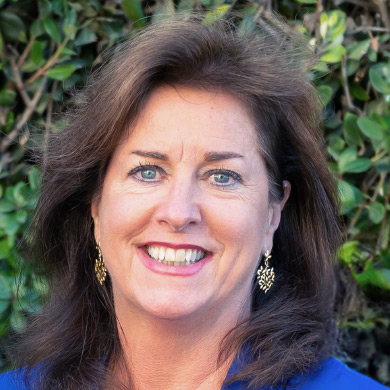Whether or not you like it, Congress’ health care bill ultimately comes down to one question: How much faith do you have that a politically appointed committee in Washington, D.C., can determine what’s best? After last week’s Bay Bridge failure, Bay Area residents would do well to consider the obvious parallel. If the government can’t build a bridge that keeps us safe, can it really be trusted with the future of American health care?
The original proposal—prompted by the 1989 Loma Prieta earthquake—was a relatively straightforward bridge repair and seismic retrofit, estimated to take four years and cost $150 million to $200 million. A bigger idea, however, took hold: Rather than simply fix the broken bridge, why not replace it with an entirely new structure, one with a “world-class design” intended to create “an inspirational identity for Oakland and the East Bay”?
A Bay Bridge Design Task Force was appointed and eventually selected a never-before-built design for the new span, eliciting the protests of knowledgeable engineers who denounced it as seismically unsafe. Despite the lowest bid coming in at $300 million more than cost projections, Caltrans forged ahead with the plan. Choosing not to revise its cost estimates for the bridge, Caltrans instead promised to “pursue cost-saving measures aggressively to stay within the $2.6 billion project budget.” Currently, the bridge is projected to be complete in 2013—24 years after Loma Prieta—at a cost of $6.3 billion.
The first sign that the design might not be so “world-class” was the crack in the eyebar discovered during—and likely caused by—Labor Day weekend construction. As diagnosed by UC Berkeley civil engineering professor Abolhassan Astaneh-Asl, who has spent 20 years studying the bridge, the Labor Day crack was a “warning sign” that the “repair they were doing was really a Band-Aid.” After just seven weeks the Band-Aid broke.
Such an outcome should be no surprise. Once authority was handed over to a political committee, decisions ceased to be based on what best served users of the bridge. Cost and functionality took a backseat to visually appealing but unnecessary features, all to be paid for with higher bridge tolls. These additions were planned with no concern for what impact those higher tolls might have on those who pay them.
Unfortunately, the proposed health care bill provides for precisely the same kind of decision making by political appointees with no accountability to those who will actually be using or paying for the resulting system.
The bill establishes a Health Benefits Advisory Committee with the power to restrict or permit anyone’s future access to health care. The committee is entrusted with providing details for the “public option” and setting the price for plan participants. In short, the committee will have enormous power to decide what health services any public or private insurer can cover, at what cost and for whom.
Those hoping to have future health care covered by something other than a Band-Aid should seriously evaluate the appropriateness of a politically entrenched health care committee accountable to none. Improvements can and should be made, but a federal overhaul of the entire sector is no more necessary or desirable than a budget-busting, seismically unsound, “signature design” replacement for our utilitarian Bay Bridge.
Promises to pay for the bridge’s cost overruns—of which there remains no end in sight—with “cost-saving measures” came to naught, just as those currently being made by health care overhaul proponents surely will. If we allow health care to go the way of the Band-Aid plan, we shouldn’t be surprised when the outcome resembles the bridge—a flawed design with skyrocketing costs and dwindling benefits.







